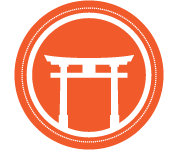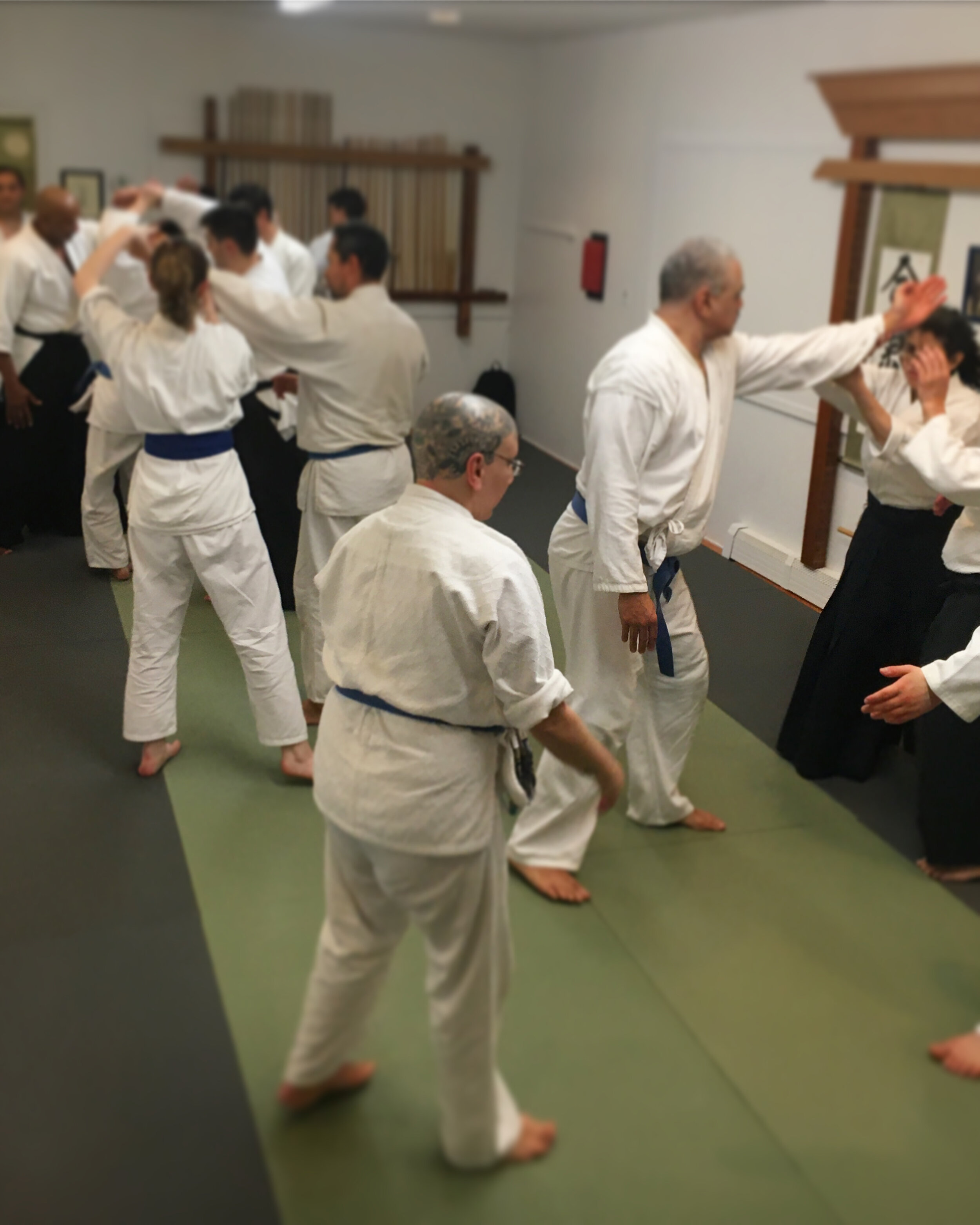The Aikido Dojo: Stability and Sanctuary
In the Dojo Volume 2 Issue 12
By Josh Paul Sensei, AOSB head instructor
Traditionally, the December issue of our newsletter is a celebration of the past year. It is a reflection on our accomplishments and disappointments, the seminars we hosted and attended, our injuries and recoveries, and the students who joined us and those who left. As we stand in the midst of the still unfolding COVID-19 catastrophe, a time before socially distant, masked, disinfected, and super-ventilated classes feels unthinkable. Reflection tends to envelope us in spiraling questions of how we lived before the pandemic and if we will ever live that way again.
Nevertheless, our dojo—not just the physical space, but also aikido and its community of practitioners—has persevered. We hosted a seminar in February. We had promotions, including two black belt promotions, and we continued to train and progress in the art. We reopened for in-person classes after a six-month closure, and we are ending the year with a five-day-per-week class schedule. All things considered, these are not small accomplishments.
The dojo is an ideal. It functions as the world should work, not as the world does work. Its purpose is to provide a space where people can join together to challenge themselves, and grow through the process. And it exists only because those who support it materially and in spirit believe that it should exist. While the world unrelentingly tries to absorb our ki, the dojo provides refuge, and because of how and why it exists, remains constant. The training process, the etiquette, the clothing, the decor, and the kata remain virtually unchanged across time, fashion, and crisis.
The dojo is an idea outside of time and space, and while aikido is sometimes criticized from within and without for adhering to traditional (some might say old fashioned) training methodologies, it is this adherence that gives it continued strength and relevance. When, if not now, is stability and sanctuary truly needed? Likewise, while some eschew the Eastern mysticism that permeates some aikido, when, if not now, is a little bit of mysticism and magic needed?
Aikido works because it offers its practitioners purpose, solace, and joy, and ultimately this is the point. This is what needs to be communicated to potential practitioners and the world. The art’s efficacy in Thunderdome might be questionable. However, its ability to enhance and improve the quality of life of those who make it a lifestyle is unquestionable.
Select Moments: January-March 2020
Life in Quarantine
Select moments: September-December
Shugyo
by Henry Phillips, 5 kyu, 9 years old
Shugyo has multiple meanings. One meaning is meditation, not just any meditation, but a long mediation in a place where you know you can not be distracted. Shugyo can also mean a martial art that is calm and defensive. For instance, Aikido.
As part of his recent 5 kyu exam, 9-year-old Henry had to write an essay on shugyo. It's insightful and thoughtful.
“When you lose your desire for things that do not matter, you will be free,” is a quote from Morihei Ueshiba that makes me think of the idea of Shugyo, because it is all of these things. Aikido is peaceful and helps you to clear your mind. When you have a clear mind, you bring to yourself and others, peace.
Shugyo also means: collecting fish.































